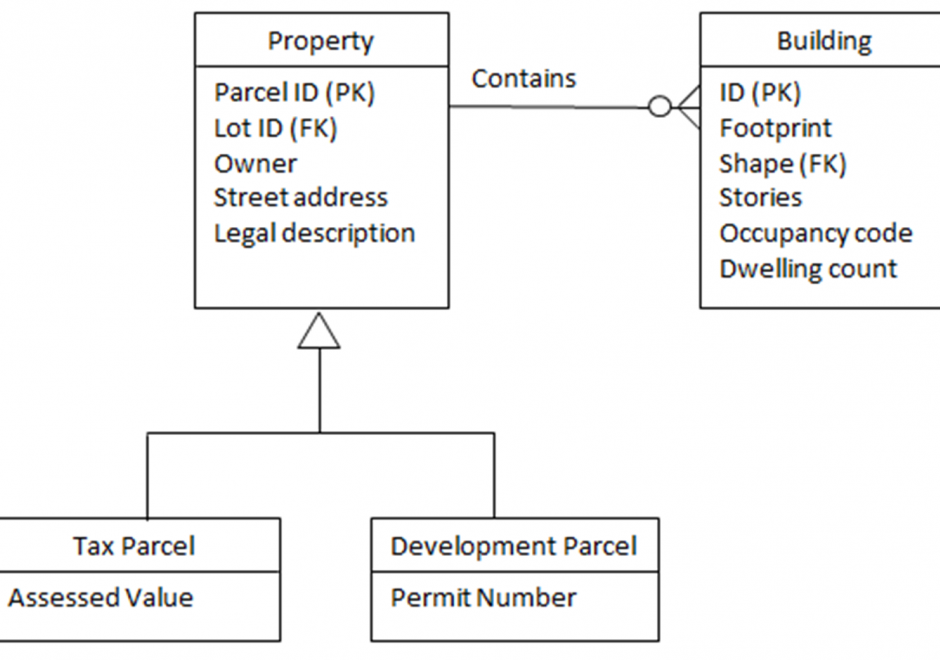DM-35 - Logical data models

A logical data model is created for the second of three levels of abstraction, conceptual, logical, and physical. A logical data model expresses the meaning context of a conceptual data model, and adds to that detail about data (base) structures, e.g. using topologically-organized records, relational tables, object-oriented classes, or extensible markup language (XML) construct tags. However, the logical data model formed is independent of a particular database management software product. Nonetheless such a model is often constrained by a class of software language techniques for representation, making implementation with a physical data model easier. Complex entity types of the conceptual data model must be translated into sub-type/super-type hierarchies to clarify data contexts for the entity type, while avoiding duplication of concepts and data. Entities and records should have internal identifiers. Relationships can be used to express the involvement of entity types with activities or associations. A logical schema is formed from the above data organization. A schema diagram depicts the entity, attribute and relationship detail for each application. The resulting logical data models can be synthesized using schema integration to support multi-user database environments, e.g., data warehouses for strategic applications and/or federated databases for tactical/operational business applications.

AM-46 - Location-allocation modeling